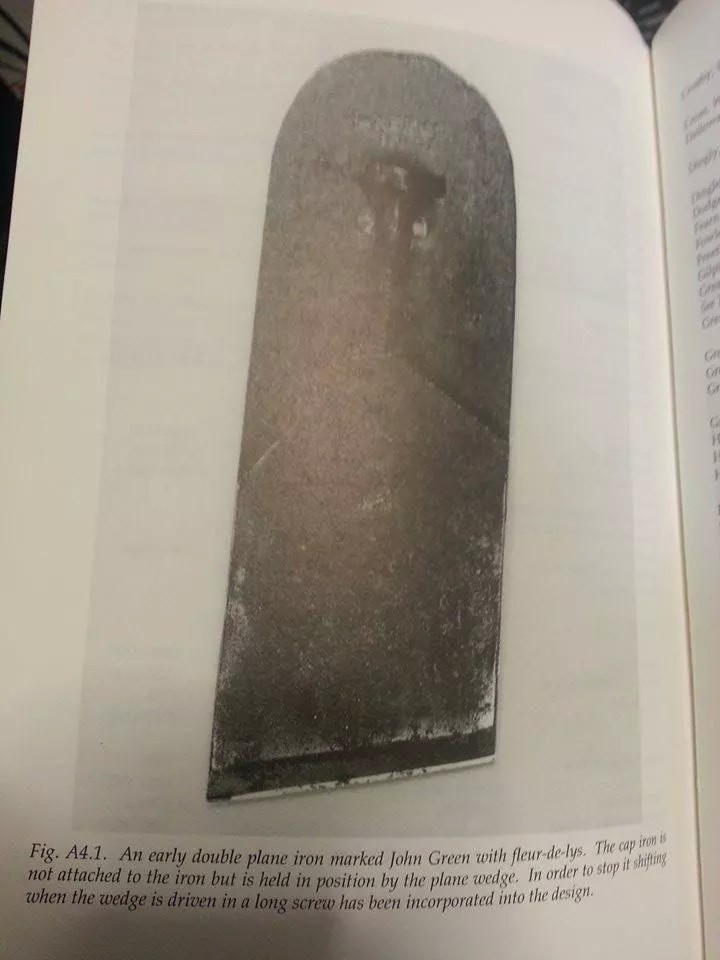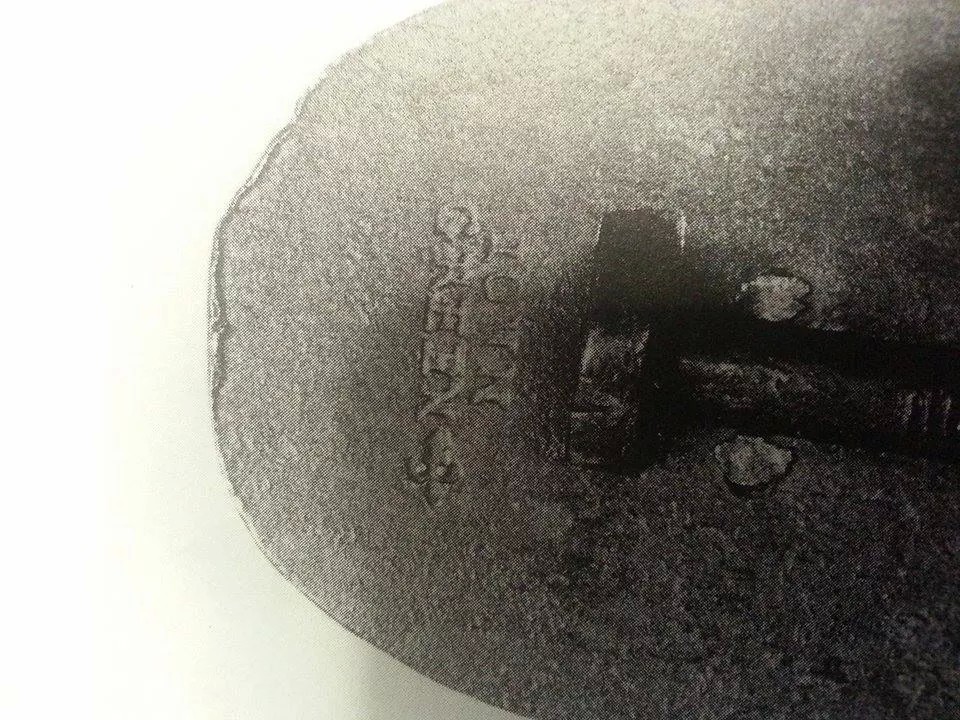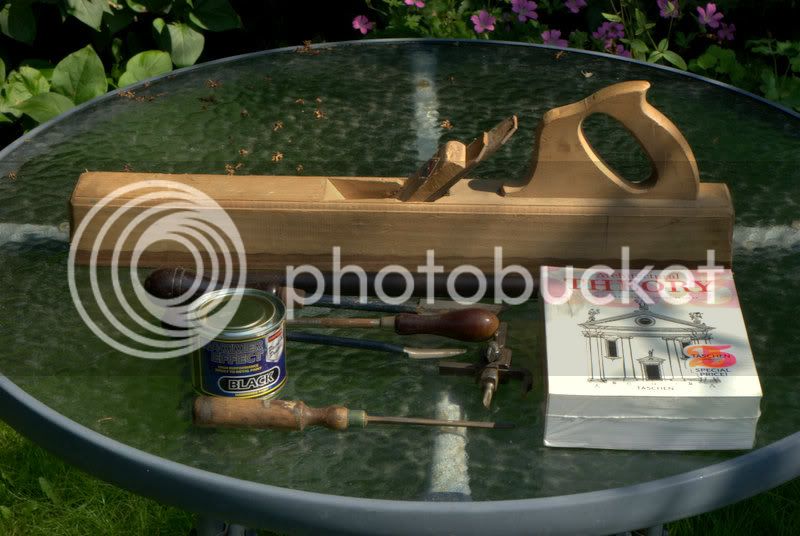swagman
Established Member
A few years ago I purchased a traditional smoothing plane made by Goldenberg. A well respected French tool making company that started as far back to 1835. Its model number 44 is stamped on the front end of the plane. Also stamped is the type of wood the hand plane is made from. Cormier. A tree that produces an extremely hard timber, within certain regions of France.
Since then. I have fitted a bone infill to tighten up the mouth clearance in front of the iron; as well as installing a steel striking bolt at the rear of the plane body.
As you will see from the following photo's the 2 piece iron has a unique cap iron adjustment within its design. A design that works extremely well. This plane continues to be a pleasure to handle and use, producing very fine shaving when required.
Enough said. On to the photo's.
Stewie.
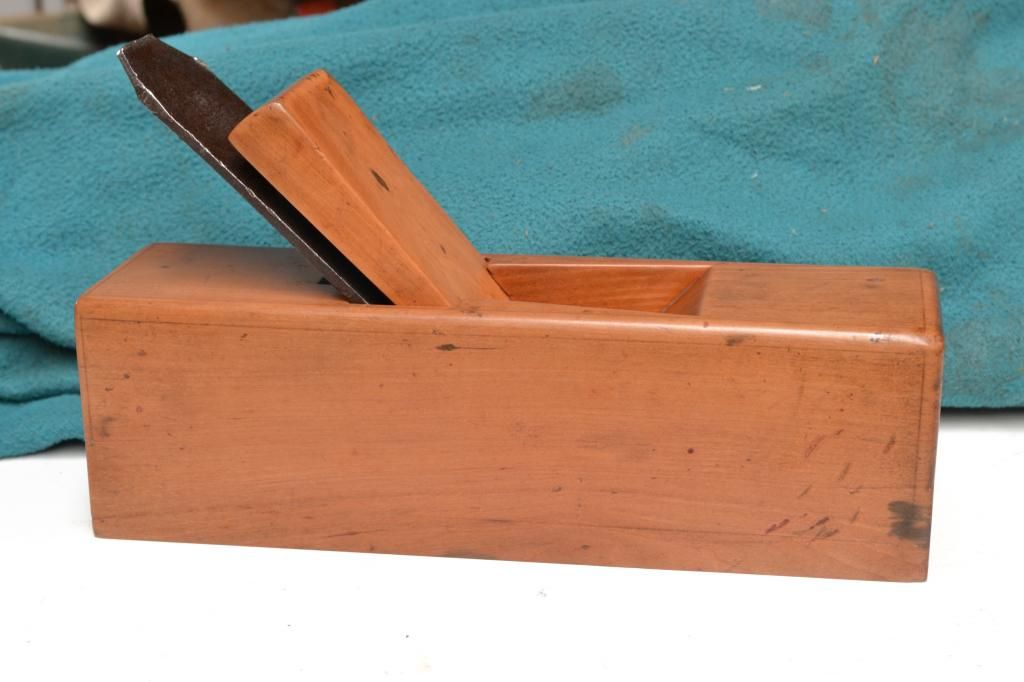
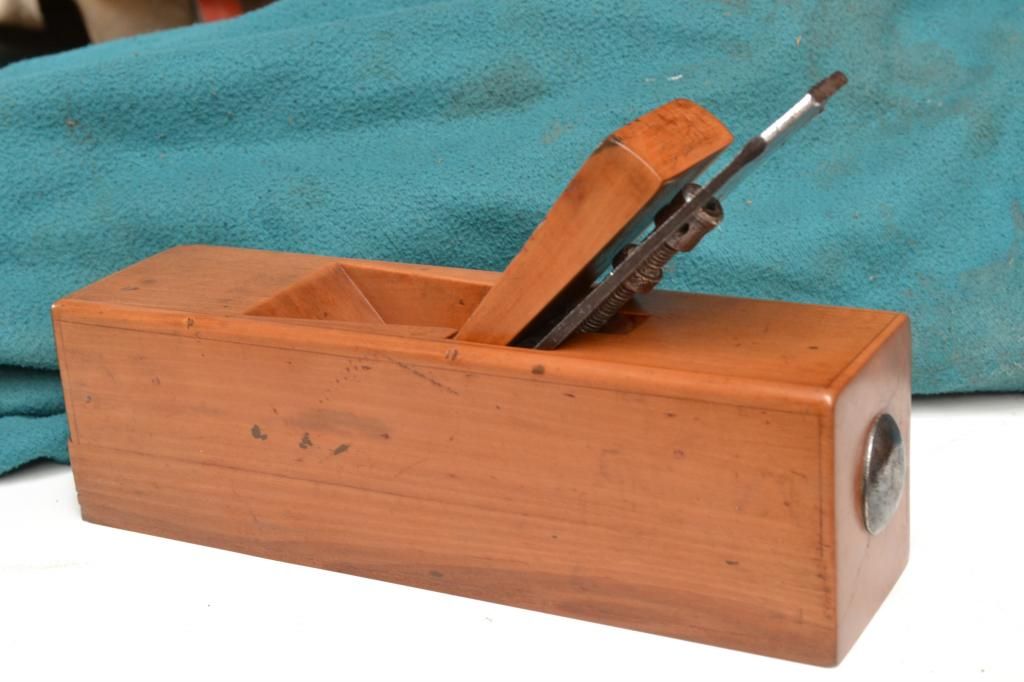
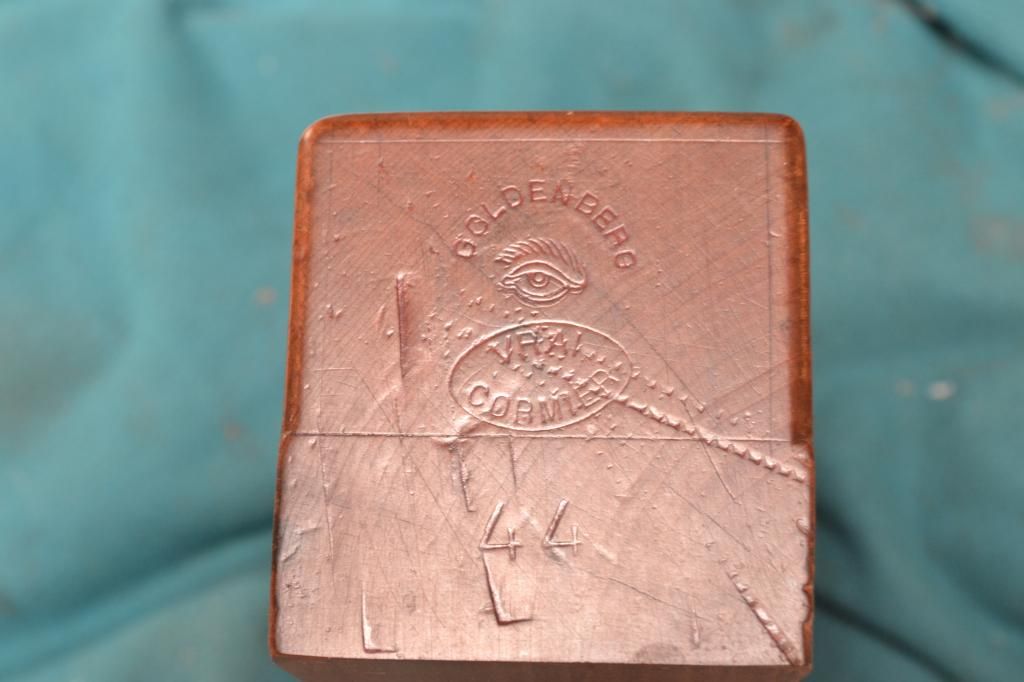
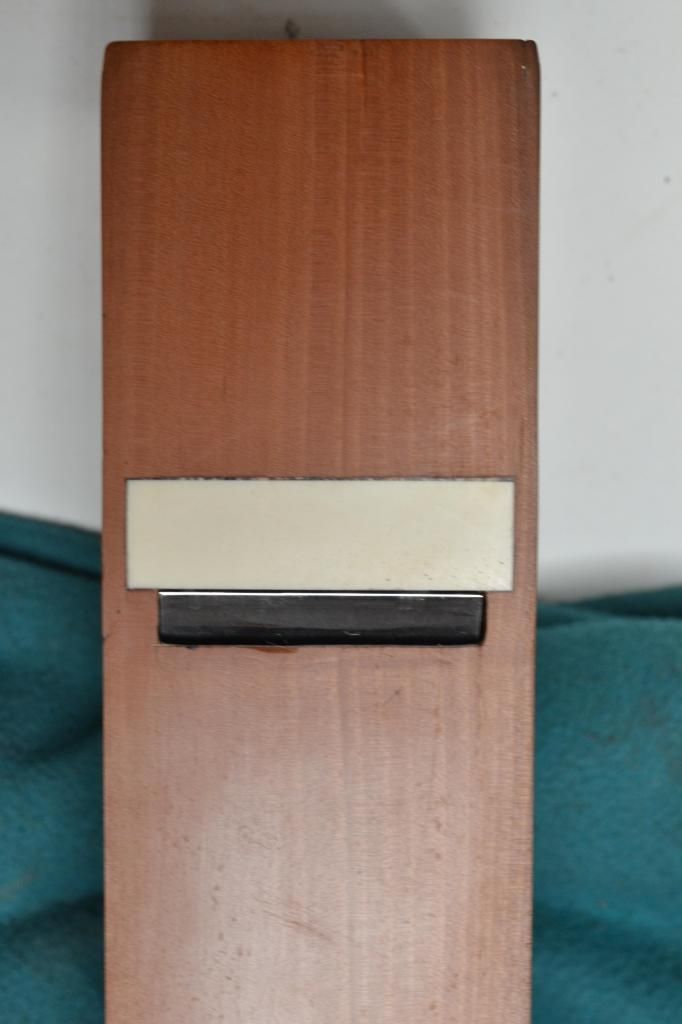
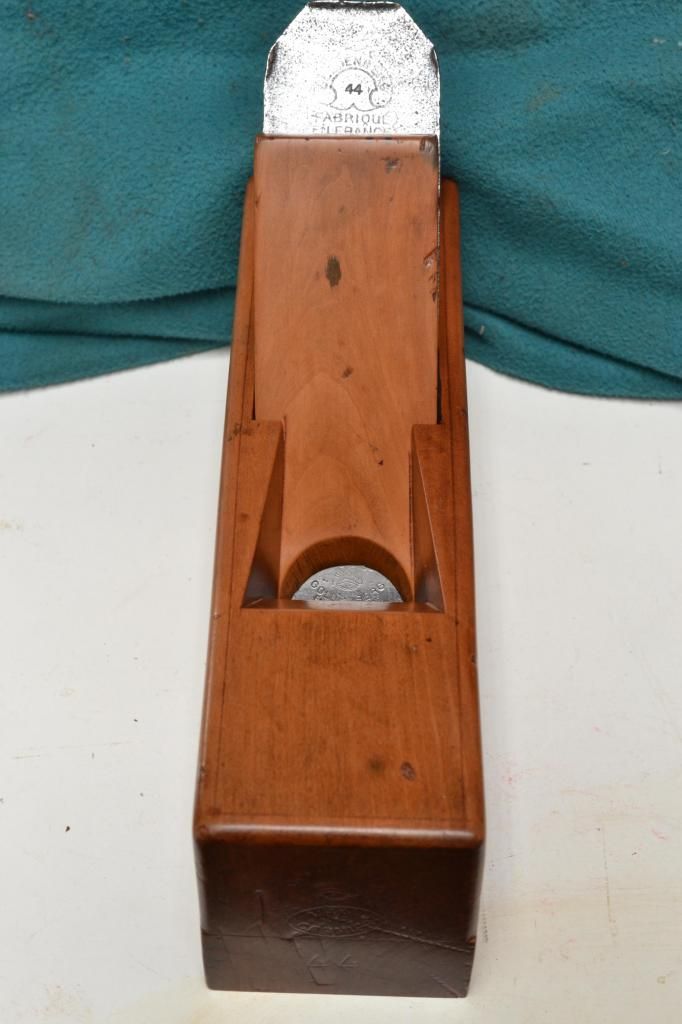
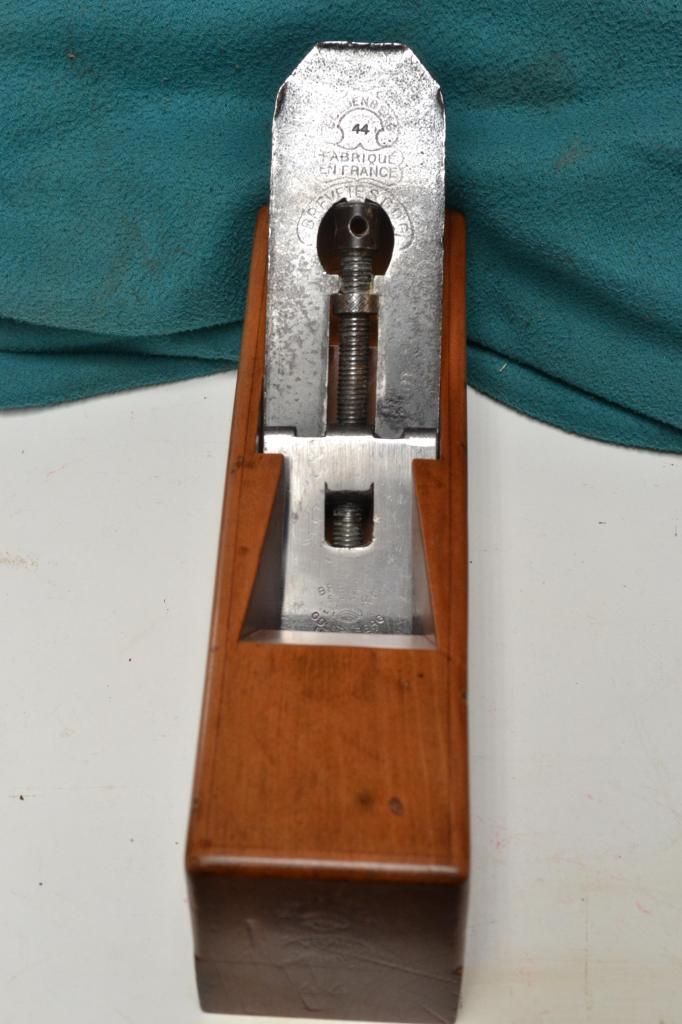 Front of the 2 piece blade exposed.
Front of the 2 piece blade exposed.
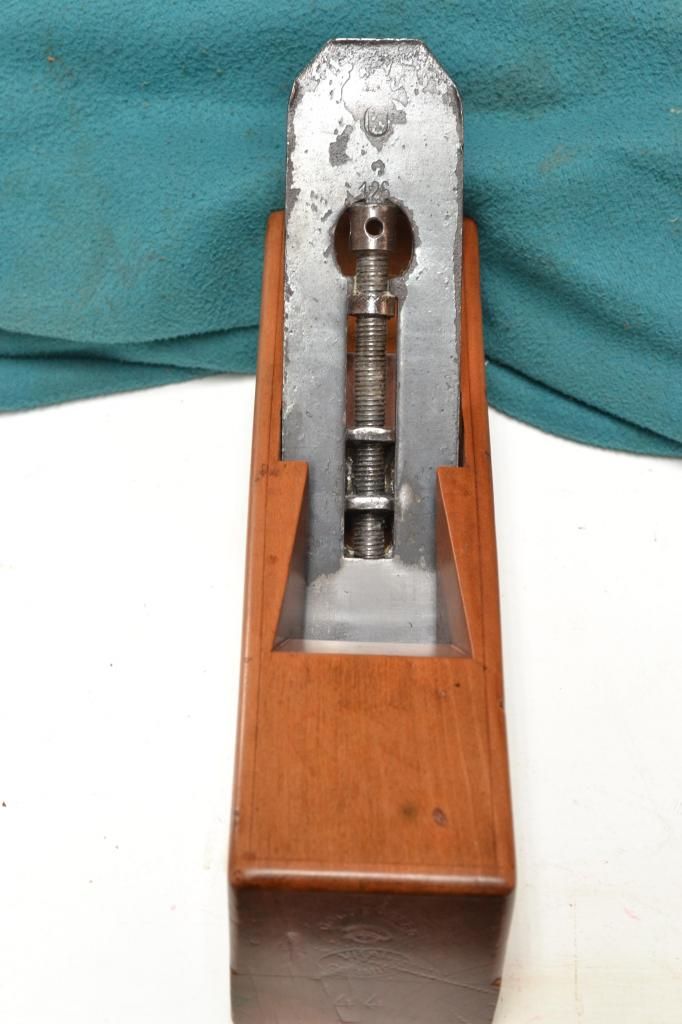 Back of the 2 piece blade exposed.
Back of the 2 piece blade exposed.
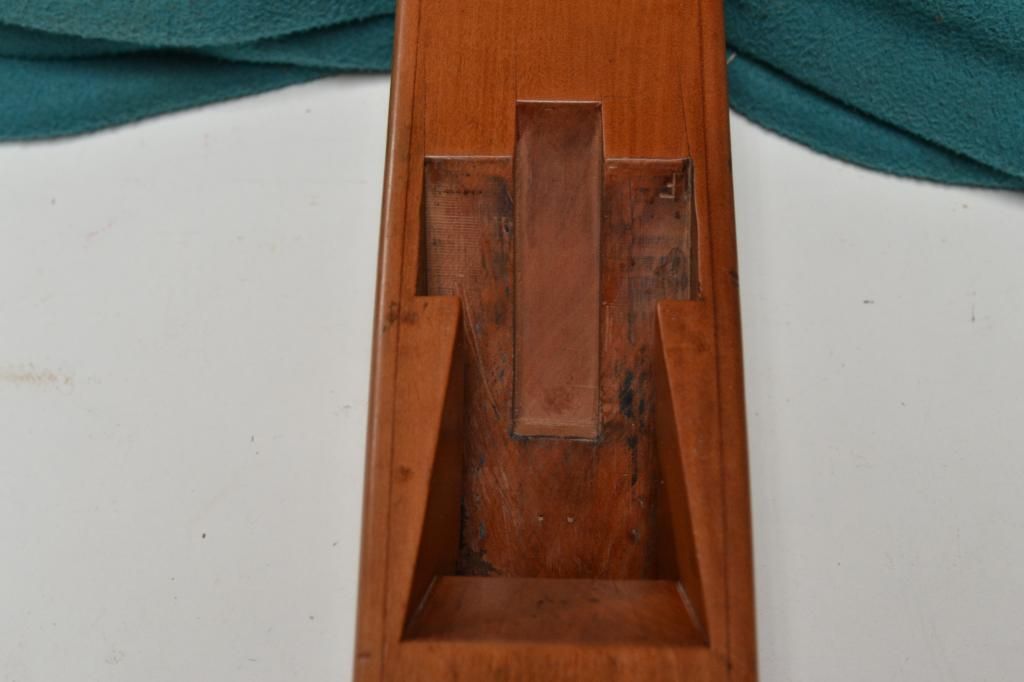
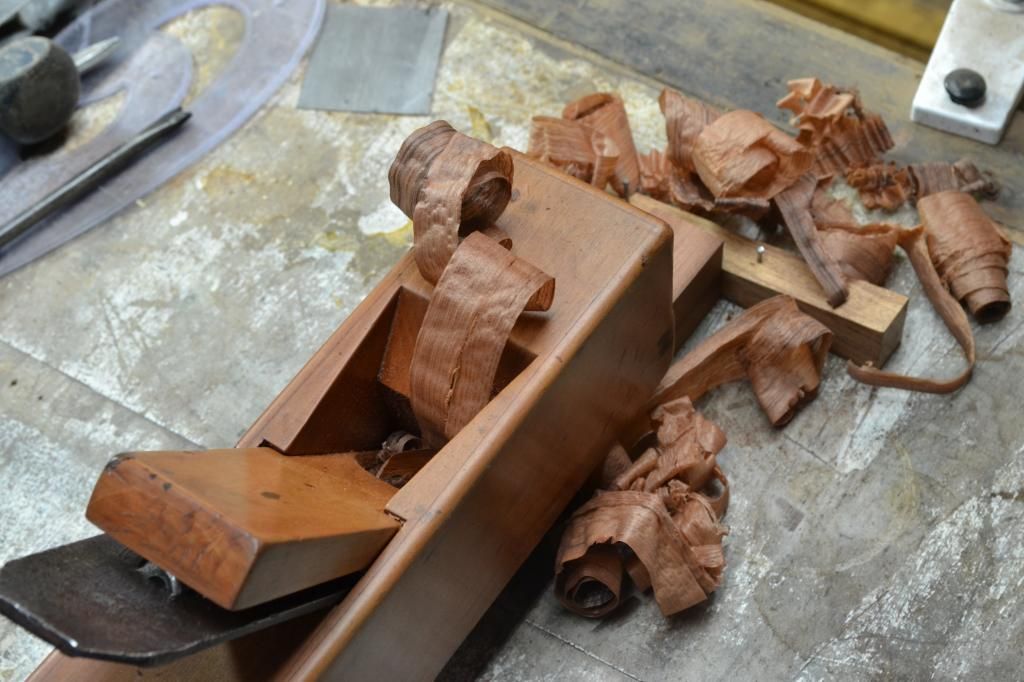 Sweet looking wood shavings.
Sweet looking wood shavings.
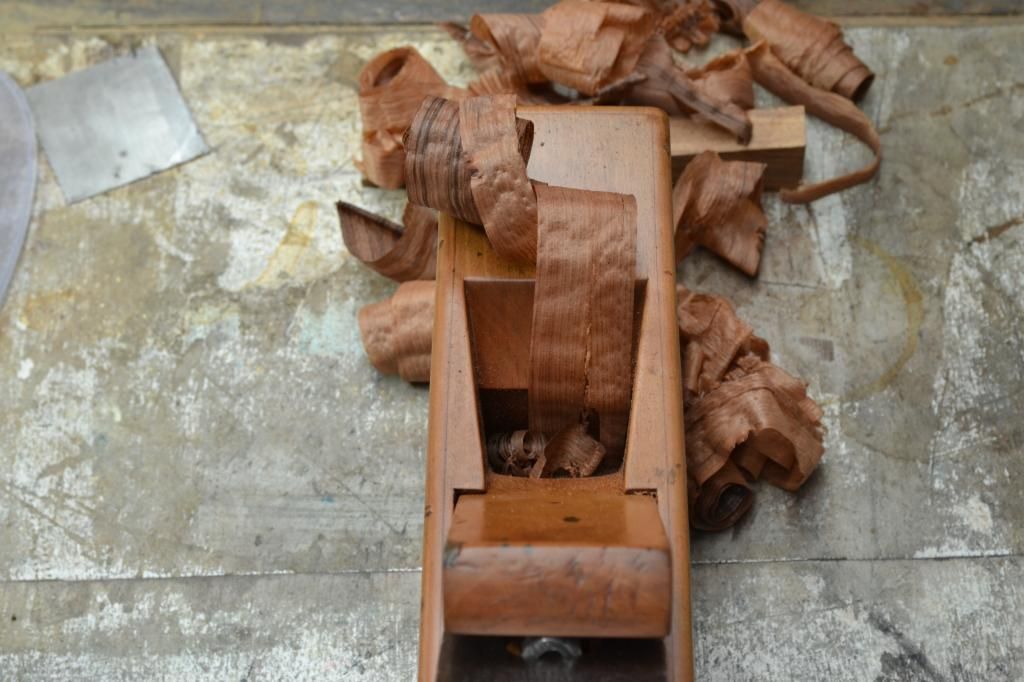
Since then. I have fitted a bone infill to tighten up the mouth clearance in front of the iron; as well as installing a steel striking bolt at the rear of the plane body.
As you will see from the following photo's the 2 piece iron has a unique cap iron adjustment within its design. A design that works extremely well. This plane continues to be a pleasure to handle and use, producing very fine shaving when required.
Enough said. On to the photo's.
Stewie.





 Front of the 2 piece blade exposed.
Front of the 2 piece blade exposed.  Back of the 2 piece blade exposed.
Back of the 2 piece blade exposed.
 Sweet looking wood shavings.
Sweet looking wood shavings. 





